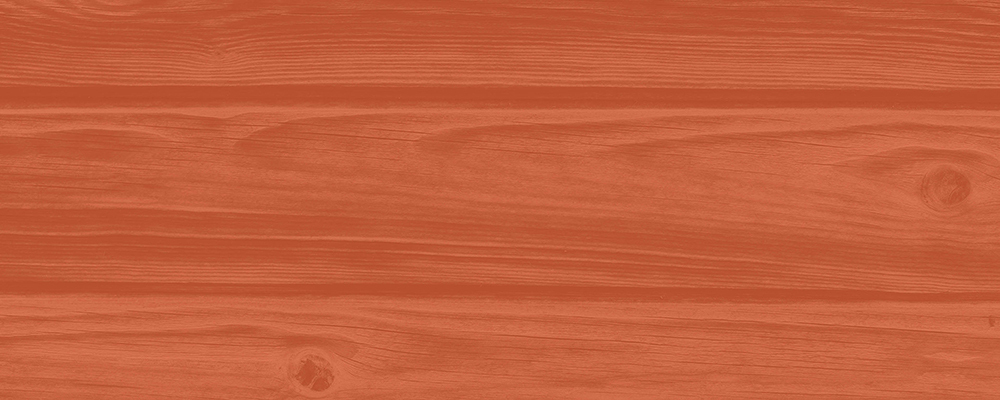A can of spray paint is great for tagging your annoying building inspector’s office at midnight. Kidding! Don’t do that. What spray paint is good for is painting uneven, difficult surfaces, such as wicker, with a thin, even coat. Unlike brush-on paint, which is engineered to fill in and smooth out roughness, spray paint preserves the details. It also bonds to materials, including plastic and ceramic, that resist brushed paint. And spray paint comes in many finishes, including transparent glazes, mottled metallics, and pearlized surfaces.
11 unexpected ways to use a painter’s combination tool
Toronto artist Alana McCarthy, whose work includes outdoor murals, often sprays to add details over a base coat of brushed paint. “It’s difficult to brush a straight line over an undulating surface like a garage door,” she says. “But it’s easy with spray paint.” Some of McCarthy’s tips, she says, come down to actually following instructions on the label. It will tell you what materials your paint will stick to and how to prep the surface.
1) Shake the can well, for at least two minutes, to remix the binder and pigments inside—especially if the can is new, says McCarthy, since it may have been sitting on a store shelf for a long time.
2) Always use a respirator, even outdoors, McCarthy warns. A dust mask is not enough. “Many artists who don’t use the right equipment develop lung problems,” she says.
Simpler, safer paint inspired by nature
3) Warming the can, by letting it sit at room temperature or even soaking it in warm water, helps the paint flow more easily and increases the pressure in the can. “Some artists stomp on the base of the can,” says McCarthy. “Not a good idea.” Spray a test on scrap cardboard when you switch cans—the first squirt may contain bits of dried paint that can muck up the finish.
4) Move your arm at a steady speed, keeping the can a constant distance from the work and the spray perpendicular to the surface. Spray back and forth in a linear pattern, overlapping each stroke by about half its width. Random scribbling will give you uneven coverage, and thick coats will run or puddle. Let each coat dry—about 30 minutes, recommends McCarthy—or the top coat can cause the one below to wrinkle.
The lazy cottager’s guide to painting windows
5) When you finish, clear the nozzle of paint by spraying upside down for a few seconds, until only propellant comes out. If a nozzle does get clogged, swap it with one from another can of the same brand.
This article was originally published in the June/July 2023 issue of Cottage Life.

Build it, fix it, get it done!
Get Dockside DIY, for tips on how to maintain your cottage…and then some
Sign up hereRelated Story 9 painted SUPs that will have you yearning for the water
Related Story How to build your own A-frame—and look rad doing it
Related Story Cottage Q&A: When should I stain my new deck?